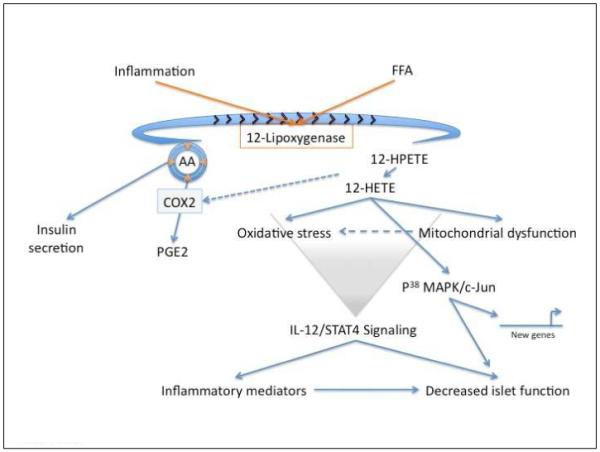Figure 2. 12-Lipoxygenase associated pathways impacting islet function.

Activation of 12-lipoxygenase (12-LOX) either as a consequence of inflammation or elevated free fatty acids (FFA) leads to a reduction in the pool of arachidonic acid (AA; concentric circles with arrows). Since AA is important for insulin secretion this leads to impaired insulin release. The products of 12-LOX activity, 12-HPETE/12-HETE further contribute to a diminished AA pool by increased activation of the cyclooxygenase (COX2) enzyme that also uses AA as a substrate in the production of prostaglandin (PGE2). Lipid products of 12-LOX activity (12-HPETE/12-HETE) induce mitochondrial dysfunction which contribute to induced cellular oxidative stress in addition to the induction of second messenger signaling, including p38 MAPk/cJun that lead to new gene expression. The activity of 12-LOX and its lipid mediators are upstream of induced STAT4 signaling and interleukin-12 (IL-12) expression in islets. These are key mediators in the recruitment of inflammatory cells/mediators that compound islet dysfunction.
